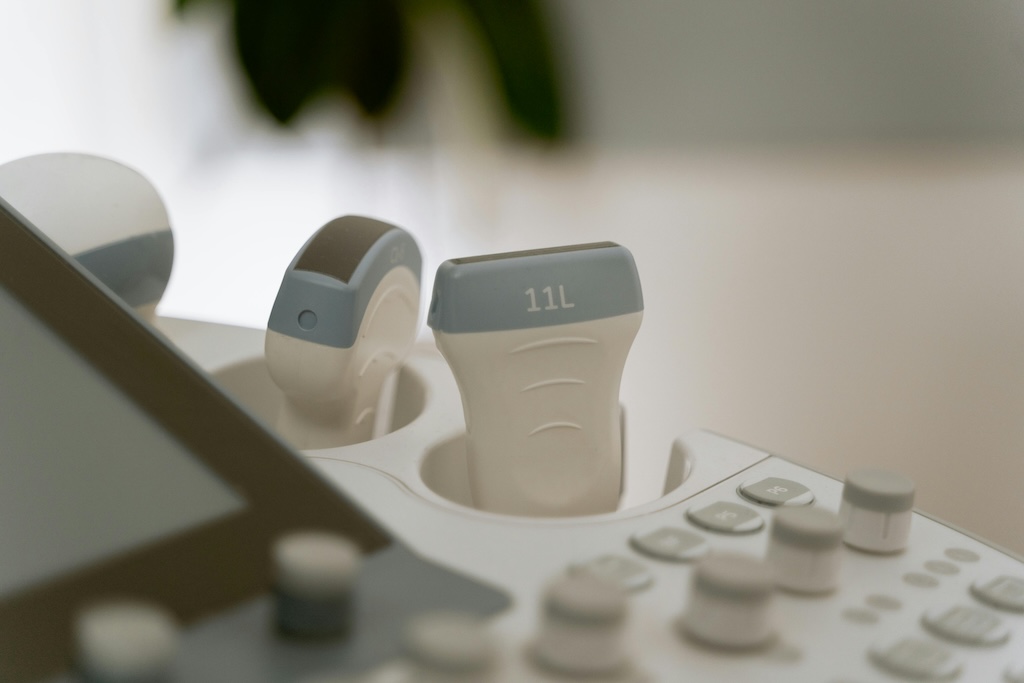Ultrasound-guided infiltrations: Precision in Pain Management
Last updated: April 1st, 2025

Ultrasound-guided infiltrations are a modern medical marvel. They combine ultrasound technology with precise injection techniques. This method ensures medications reach the exact target area. It's a game-changer in managing pain and inflammation.
What Are Ultrasound-Guided Infiltrations?
These procedures use ultrasound to guide needles into specific body parts. The goal is to deliver medicine directly to the affected site. This could be a joint, muscle, or nerve. The ultrasound provides real-time images. This helps the practitioner see the needle's path and the target area.
Precision is key. It ensures the medication goes where it's needed most. This reduces the risk of damage to nearby structures. It also enhances the treatment's effectiveness.
How It Differs from Other Ultrasound Techniques
Ultrasound is a broad term. It refers to using sound waves to create images of the body's internal structures. It's used for various medical purposes. Ultrasound-guided infiltrations are a specific application of this technology.
Pregnancy Ultrasound focuses on fetal development. It monitors the baby's growth and health in the womb. It's non-invasive and purely diagnostic.
4D Ultrasound provides a real-time, 3D image of the fetus. It shows movement and facial expressions. It's also non-invasive and used for monitoring fetal development.
Who Provides Ultrasound-Guided Infiltrations?
These procedures are typically performed by specialists. Radiologists, orthopaedic surgeons, and pain management doctors are common providers. They have the training to use ultrasound for precise injections.
The procedure is usually done in a clinic or hospital setting. It's minimally invasive and often done on an outpatient basis. Patients can usually go home the same day.
Benefits of Ultrasound-Guided Infiltrations
- Precision: The ultrasound ensures the needle is in the right place. This maximises the treatment's effectiveness.
- Safety: Real-time imaging reduces the risk of complications. It helps avoid nearby nerves and blood vessels.
- Efficiency: The procedure is quick and often provides immediate relief. It's a targeted approach to pain management.